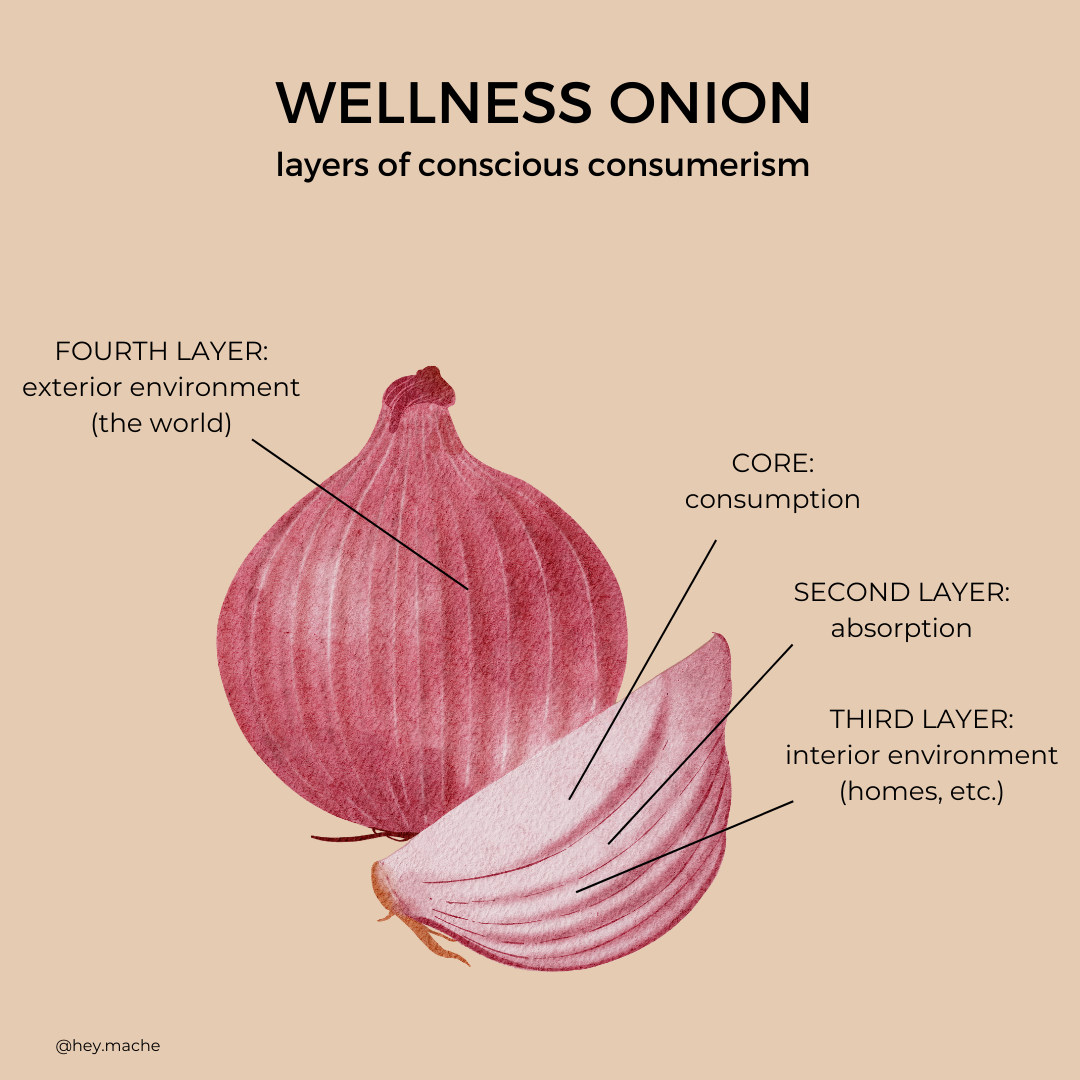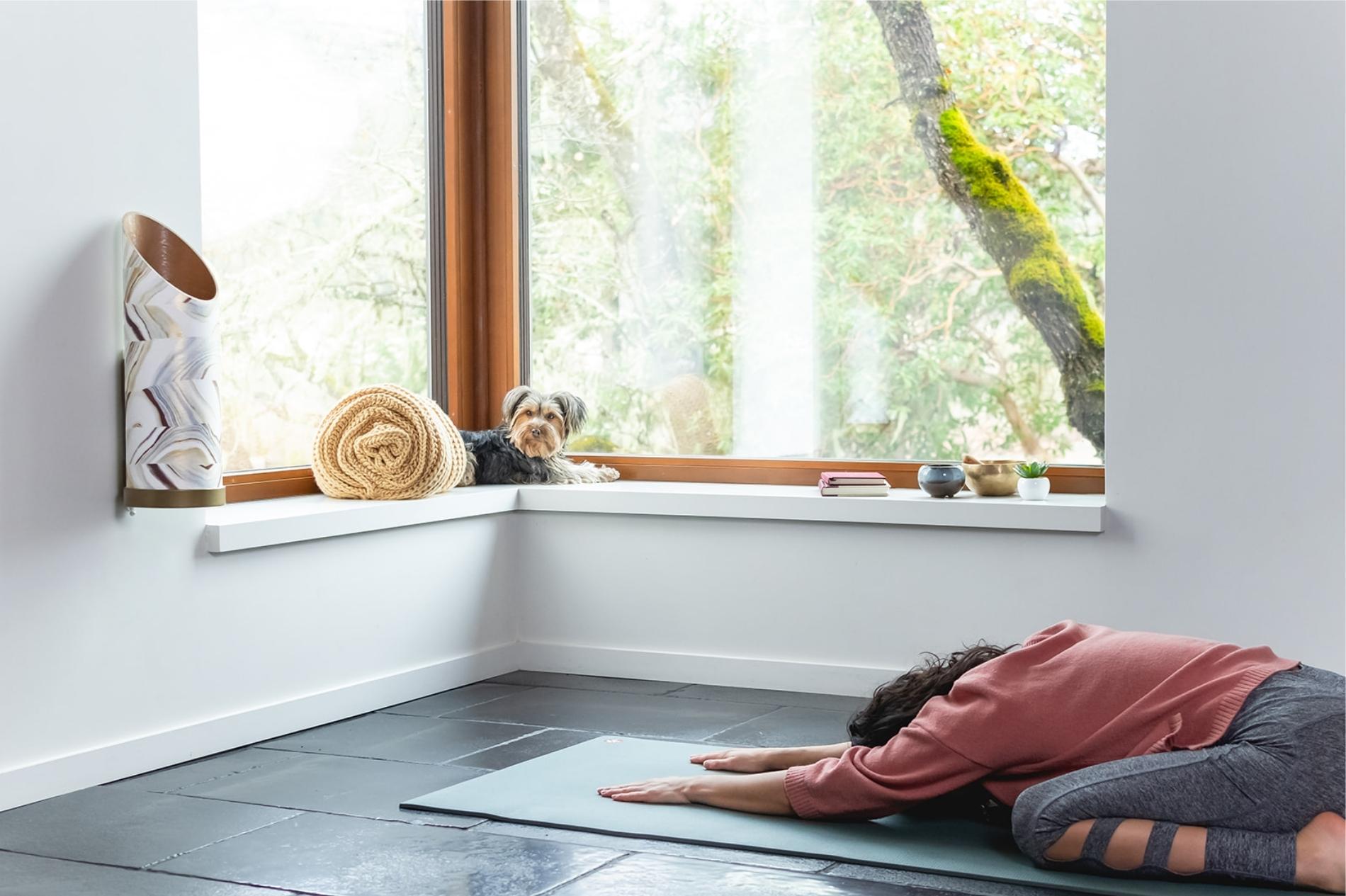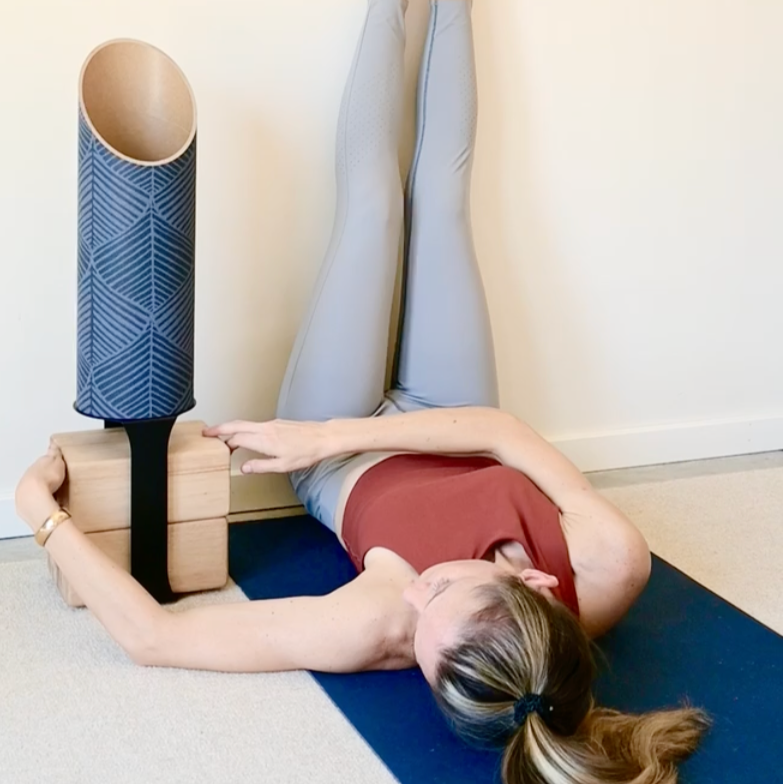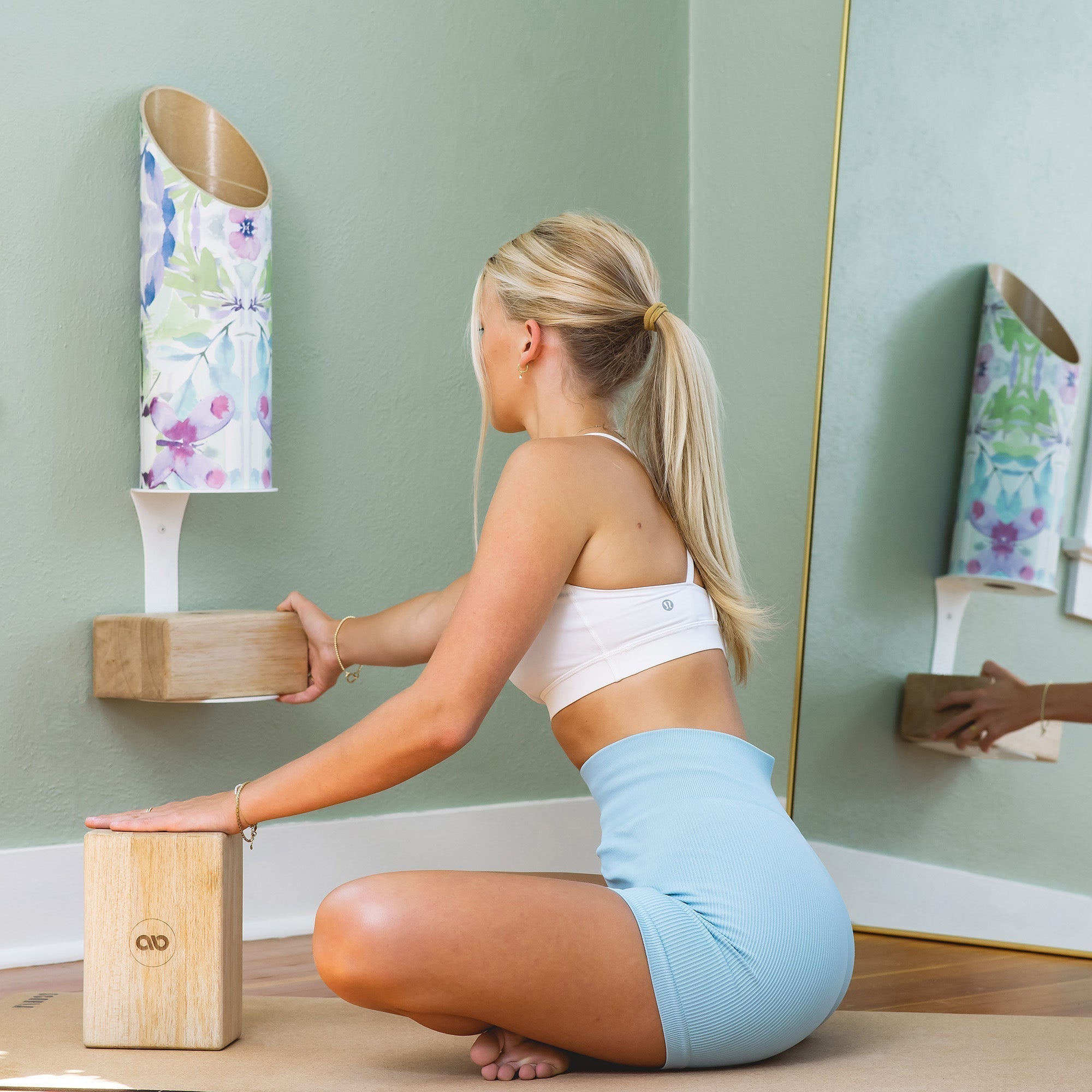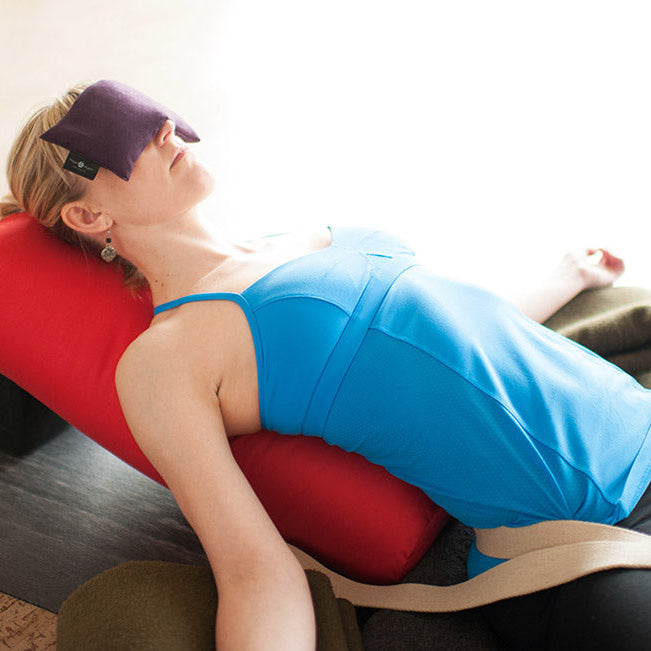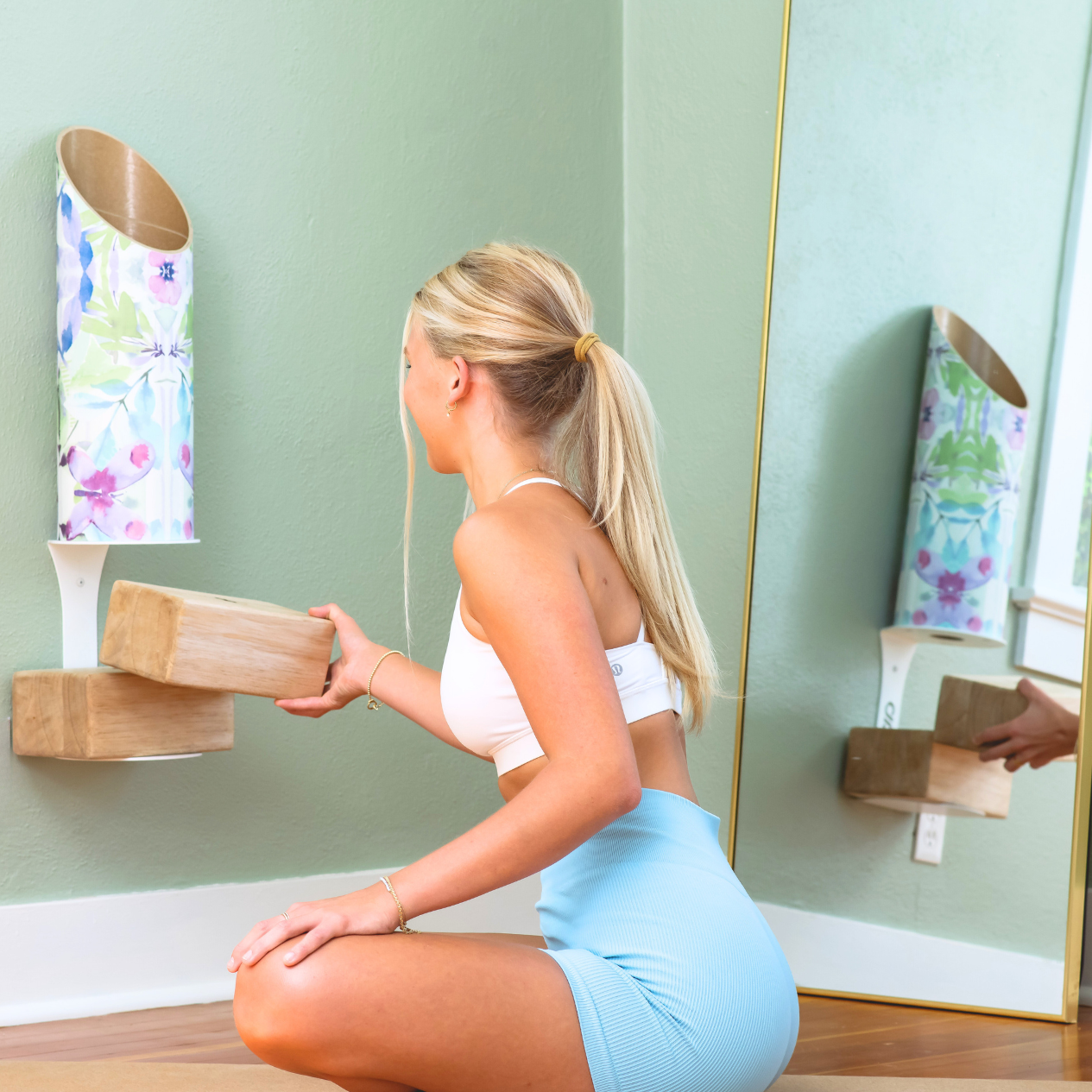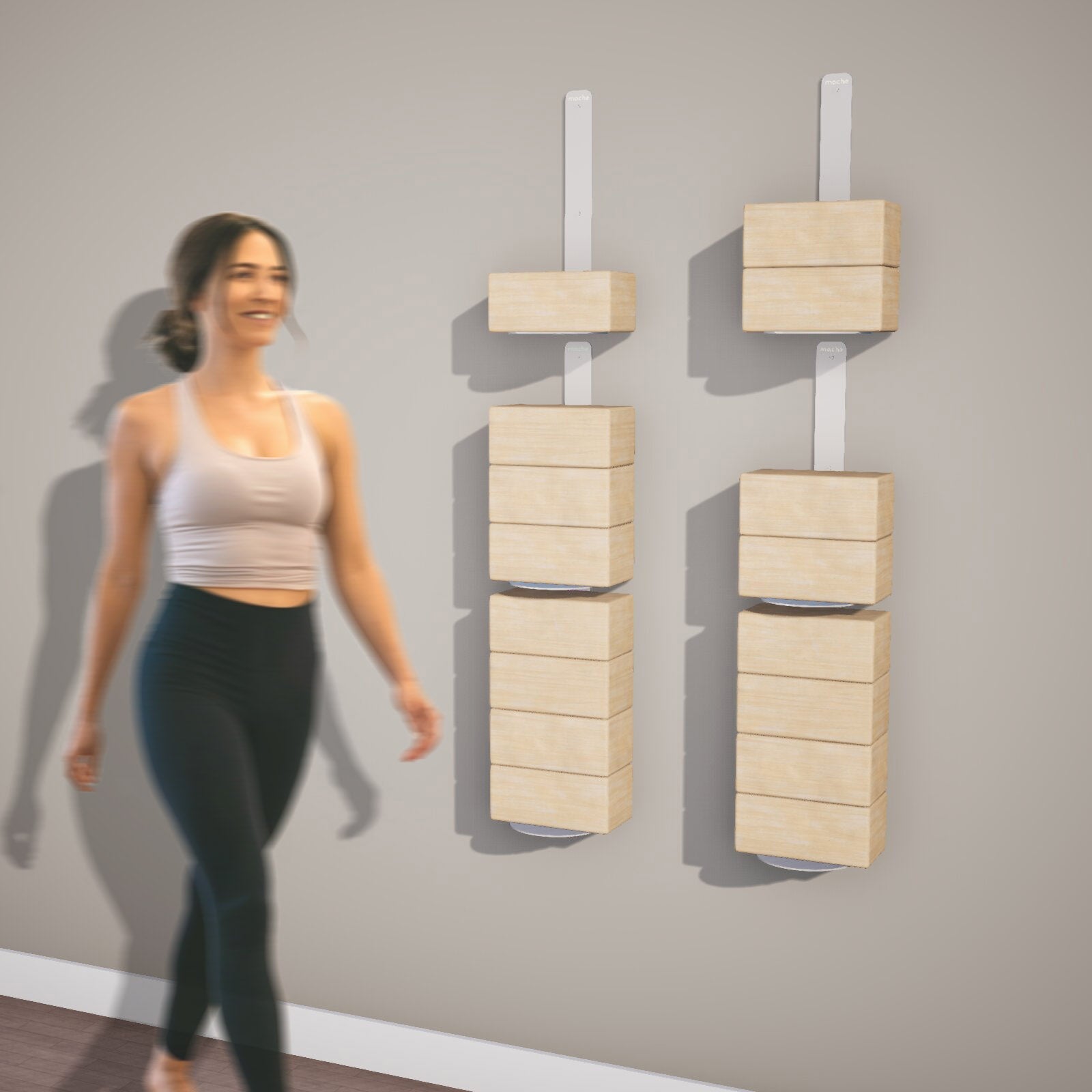It seems as if every time the world is close to adjusting to the new normal, an event happens that alters the trajectory of our outlook on things. With every change that occurs, people’s stress levels slowly climb to new heights.
While stress is a natural part of life that happens to even the happiest of individuals, the American Psychological Association has found that the average stress levels are higher than that of last year. Not that surprising, is it?
Although we cannot foresee the future and prevent the anxiety of the unknown, we can take steps to make sure that we handle our stress in a healthy manner. To learn more about how to reduce stress and better your health this month, keep reading. But first, let’s delve into the differences in the types of stress that you may be experiencing.
Types of Stress
Acute
Acute stress is usually just short-term stress. It comes as fast as it goes and tends not to linger. This stress can come from overwhelming and unusual situation at work or simple conflict with a friend.
Episodic
Episodic stress refers to people who experience acute stress multiple times a week. Again, stemming from seemingly normal causes that you can easily pinpoint. The tension you experience with episodic stress, from simple things like driving during rush hour, is more prolonged than acute stress.
Chronic
Chronic stress is when you live in a constant state of stress. You barely get a reprieve and when/if you do, it’s short-lived. People who experience chronic stress typically are in situations that they cannot control. Usually due to existing health conditions, a living situation, trauma, and much more.
Symptoms of Stress
The symptoms of your stress can present themselves in various different ways. Meaning, if you aren’t aware of what’s happening, you may overlook and write off what you’re going through. Here are a few physical signs of stress to watch out for:
- Dull skin prone to acne
- Stomach problems
- Fatigue and exhaustion
- Shaking or dizziness
Along with the physical signs, here are some mental symptoms to also keep an eye on:
- Moodiness and irritability
- Depression and anxiety
- Mental fog
- Restlessness
These are just a few examples of the many ways that stress can present itself. For more possible symptoms, click here.
Yoga for Stress
Yoga
Yoga is popular amongst the health and wellness communities for a reason. The benefits are profound, and you don’t need much to get started. If you’re wondering how yoga reduces stress, there are a multitude of ways. The first and perhaps most important being—deep breathing techniques.
As most know, yoga is all about relaxing the mind and the muscles. Breathing steadily in and out, systematically holding your breath for a few counts can help to slow your heart rate down and calm your whole body by sending signals to your brain and nervous system to relax.
Along with deep breathing, yoga poses also have stress-relieving benefits. Certain poses help to relieve tension in your body that will then further relax you. The comforting Child’s Pose and the classic Downward Dog are both helpful and easy-to-do poses for all experience levels. Most yoga asanas, or postures, are meant to help you to regain your equilibrium both mentally and physically without overexerting yourself.

Not only does yoga have a lot of mental and physical benefits, but you can practice right from the comfort of your home. This is extremely helpful due to the health and safety concerns that being around people pose at this time.
To get your at-home yoga setup started, you don’t need a lot. A clean and quiet environment, a yoga mat, and possibly a yoga block or two. However, as time goes on, it only makes sense that you’ll accumulate more yoga essentials, and you will need some yoga mat and prop storage to keep it all tidy and visually stress, or clutter-free.
Additional Stress Relievers
Talk with a Professional
Aside from yoga, there are a few other things that you can do to minimize stress and improve your health. The first is therapy.
While this generation is becoming much more open about their mental health struggles and the benefits of therapy, there is still some hesitancy. Whether that’s because of embarrassment or denial, getting professional help isn’t always an easy decision. But it should be. No one should feel discouraged to talk to a professional about what they’re going through.

Joining a therapy group or talking with an online psychiatrist are both great options for people who feel like their stress is becoming overwhelming. Chronic stress can easily lead to larger mental conditions like depression so if you think it’s far-fetched to go to therapy for stress, it’s not. If you are someone who’s been contemplating whether or not you should seek help, this is your sign!
In addition to lifestyle changes and daily practices, taking resilience courses for self-development can significantly boost your ability to manage stress and enhance your mental fortitude. These courses provide valuable techniques for overcoming adversity, building emotional strength, and fostering self-compassion. By engaging with structured programs designed to strengthen resilience, individuals can improve their coping skills, increase their emotional intelligence, and develop a mindset that supports long-term well-being.
Associate with Positive Individuals
Don’t underestimate the power of quality time with people who influence your life positively. It can be a co-worker, a college friend, a family member, etc. Positive interactions with people who make you happy can relieve some of your stress without you fully even knowing it.
Small things like catching up with a friend for hours or grabbing coffee with a new co-worker can do one of two things. It can either help distract you from what’s stressing you out or give you an outlet to vent your frustrations. Either way, positive interactions with people who support you can do wonders for your mental health.
Check it off your To-Do List
If your stress stems from being overwhelmed with the number of things you have to do, the only option is to minimize your duties. Doing so is sometimes easier said than done, but with some motivation, you could probably get a lot of things off of your checklist. The best way to go about reaching your goals is to prioritize the ones that you can easily achieve first.
Obviously, if your stress stems from paying off a $30,000 student loan, that’s not something you can achieve overnight. But maybe your stress is tied to something more manageable like holiday shopping and figuring out what to get everyone. You can easily fix that with a shift in priorities. The thing here to note is don’t let procrastinating cause even more stress. Get things done so you have a few fewer things to worry about and more time to focus on healthy habits.
No one can escape stress but we can employ different tactics to deal with it in a healthy way. Hopefully, these tactics will help you reach inner peace and improve your lifestyle. For more ideas on how to reduce stress, consider introducing self-care into your routine.





